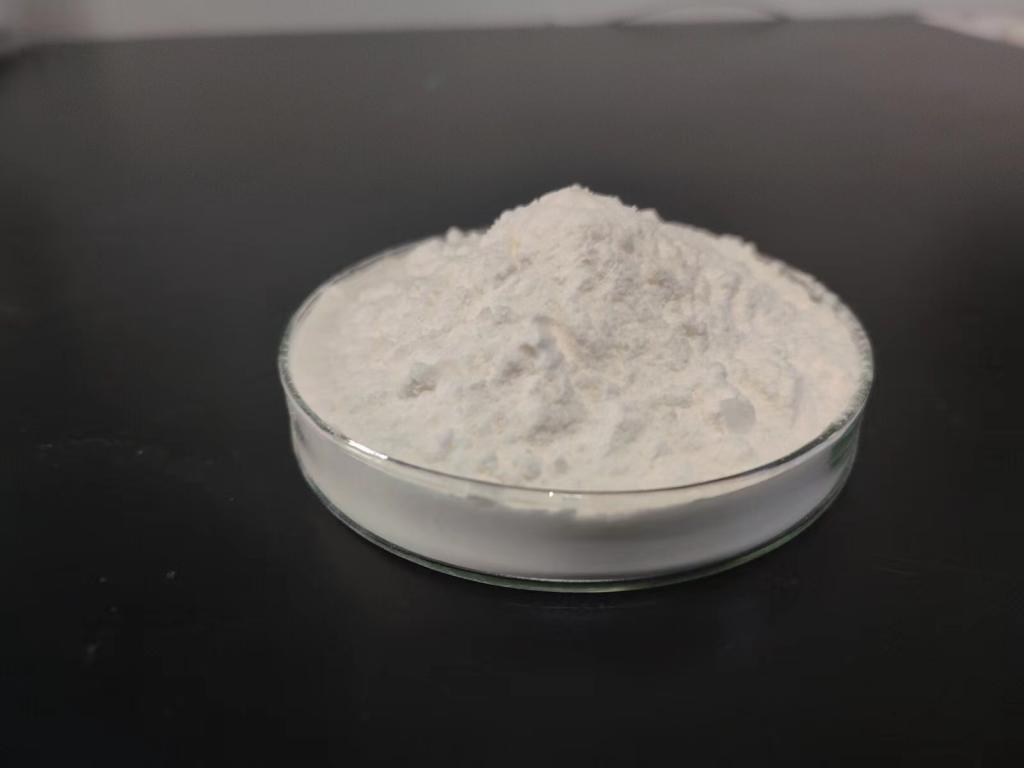Tel:+8618231198596

News
 CONTACT
CONTACT
 CONTACT
CONTACT
- Linkman:Linda Yao
- Tel: +8618231198596
- Email:linda.yao@dcpharma.cn
- Linkman:CHARLES.WANG
- Department:Overseas
- Tel: 0086 0311-85537378 0086 0311-85539701
News
Current Position:
Home >
News
>ε-Polylysine Hydrochloride: A Versatile Player in Biomedical Research
ε-Polylysine Hydrochloride: A Versatile Player in Biomedical Research
TIME:2024-01-11
1. Introduction:
Biomedical research serves as the driving force behind advancements in healthcare, constantly pushing the boundaries of knowledge and technology. In this dynamic landscape, ε-Polylysine Hydrochloride has carved a niche for itself as a multifaceted tool with applications spanning antimicrobial interventions, drug delivery systems, and beyond. This article aims to delve into the diverse roles played by ε-Polylysine Hydrochloride in biomedical research, emphasizing its potential impact on medical science.
2. Understanding ε-Polylysine Hydrochloride:
Chemical Structure and Origin:
ε-Polylysine is a polymer composed of lysine, an essential amino acid. The hydrochloride form, derived from fermentation processes involving bacteria like Streptomyces albulus, has become a focus of biomedical research due to its unique properties.
Antimicrobial Mechanism:
One of the key attributes of ε-Polylysine Hydrochloride is its antimicrobial mechanism. It disrupts microbial cell membranes, inhibiting the growth of bacteria and fungi. This characteristic has profound implications in developing strategies to combat infections and enhance biomedical materials.
3. Antimicrobial Applications:
Combatting Antibiotic-Resistant Pathogens:
The rise of antibiotic-resistant pathogens presents a significant global health challenge. ε-Polylysine Hydrochloride's antimicrobial properties position it as a potential alternative or complementary agent in the fight against drug-resistant infections, providing a new avenue for research in antimicrobial therapy.
Biofilm Disruption:
Biofilms, communities of microorganisms embedded in a matrix, contribute to persistent infections. ε-Polylysine Hydrochloride's ability to disrupt biofilms makes it a promising candidate for preventing and treating infections associated with biofilm formation.
4. Drug Delivery Systems:
Polymeric Drug Carriers:
The biocompatibility and biodegradability of ε-Polylysine Hydrochloride make it an attractive material for drug delivery systems. Polymeric drug carriers based on ε-Polylysine Hydrochloride offer controlled release, targeting specific tissues or cells, and minimizing side effects associated with conventional drug delivery methods.
Nanoparticle Formulations:
Incorporating ε-Polylysine Hydrochloride into nanoparticle formulations enhances drug stability, improves bioavailability, and facilitates targeted drug delivery. This approach holds promise in optimizing the therapeutic efficacy of existing drugs and developing novel treatment strategies.
5. Biomedical Coatings and Materials:
Antimicrobial Coatings:
The incorporation of ε-Polylysine Hydrochloride into medical devices, implants, and surfaces offers a preventive approach against microbial colonization. Antimicrobial coatings can help reduce the risk of device-associated infections, a common concern in biomedical settings.
Tissue Engineering Scaffolds:
In tissue engineering, scaffolds play a pivotal role in providing structural support for cell growth and tissue regeneration. ε-Polylysine Hydrochloride can contribute to the development of biocompatible scaffolds with antimicrobial properties, fostering advancements in regenerative medicine.
6. Immunomodulation and Biocompatibility:
Immunomodulatory Effects:
Research suggests that ε-Polylysine Hydrochloride may exhibit immunomodulatory effects, influencing the immune response. Understanding these effects opens avenues for research in modulating the immune system for therapeutic purposes.
Biocompatibility and Toxicity Studies:
Biocompatibility is a critical consideration in biomedical applications. Ongoing research involves comprehensive studies to assess the biocompatibility and potential toxicity of ε-Polylysine Hydrochloride, ensuring its safety for various biomedical applications.
7. Future Directions and Innovations:
The versatile nature of ε-Polylysine Hydrochloride prompts exploration into new avenues of research. Future directions may involve optimizing its formulations for specific biomedical applications, investigating its interactions with different biological systems, and exploring innovative strategies for addressing emerging healthcare challenges.
8. Challenges and Considerations:
Despite its promising attributes, challenges such as optimal dosage determination, potential immunogenicity, and regulatory considerations need careful attention. Addressing these challenges is crucial for translating ε-Polylysine Hydrochloride research into practical biomedical applications.
9. Case Studies and Success Stories:
Examining case studies and success stories provides a practical perspective on the applications of ε-Polylysine Hydrochloride in biomedical research. Real-world examples underscore its potential contributions to advancing medical science and improving patient outcomes.
10. Conclusion:
In conclusion, ε-Polylysine Hydrochloride stands as a versatile and promising player in biomedical research. From its antimicrobial applications to its role in drug delivery systems and biomedical materials, ε-Polylysine Hydrochloride has the potential to reshape various facets of medical science. As research continues to unravel its intricacies and explore novel applications, ε-Polylysine Hydrochloride is poised to play a significant role in driving advancements in healthcare and contributing to the development of innovative therapeutic strategies.
- Tel:+8618231198596
- Whatsapp:18231198596
- Chat With Skype







